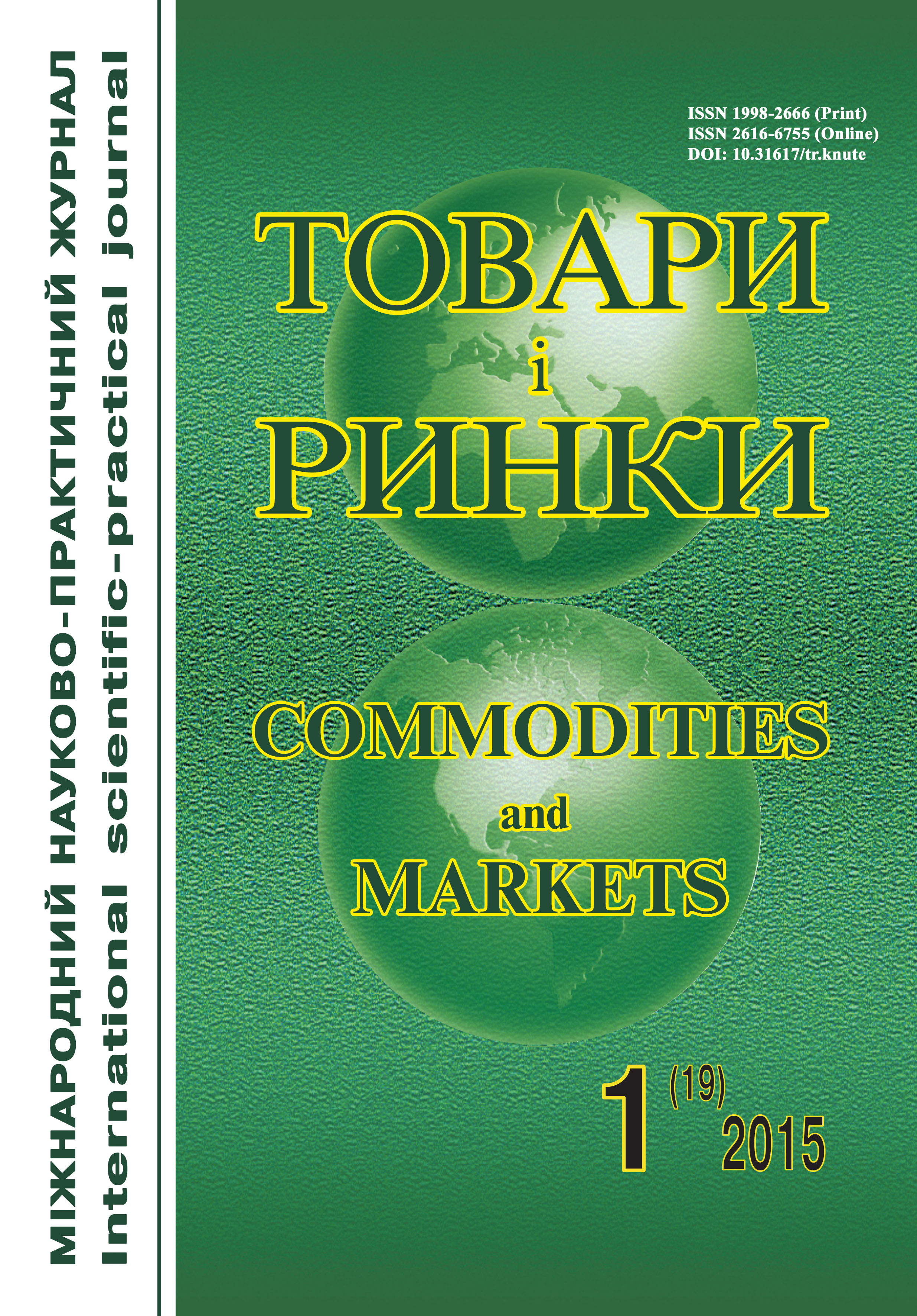Efficiency of national adsorbents for water purification from Iron (III) ions
Keywords:
adsorbents, sorption, water purification, adsorbents efficiency, Iron ions (III)Abstract
Background. One of the problems of mankind is water quality. Emissions from industrial enterprises pollute natural water flow of groundwater which is the source of drinking water. Therefore, drinking water that comes through the water network that comes from rivers, reservoirs, water from underground sources is not always of enough quality and safe for consumption and needs cleaning. Water purification from heavy metal ions using adsorbents is widely used.
The aim is to study sorption capacity of developed new adsorbents in water treatment processes of ions of Iron (III) and compare their performance with traditional adsorbents.
Material and мethods. For the study were used four types of coal: activated coal Aquacarb 607C, white coal, and coal, which is developed at the Institute of Sorption and Problems Endoecology of NAS of Ukraine from cornel crushed stone (DW-Ca(Ac)2-H2O800 and DW-P500/1).
Sorption of adsorbents was carried out with the model aqueous solutions containing ions of Iron (III), and the effectiveness of sorbents was determined spectrophotometric method [5, с. 36].
Results. Sorption isotherm from ions aqueous solutions of Iron (III) was built for different adsorbents. It was experimentally proved that all the studied adsorbents are effective in the treatment of water from Iron ions (III). It has been shown that the highest sorption give carbon adsorbents, which were obtained from the crushed cornel seeds and modified with phosphoric acid.
Conclusion. New sorption materials activated coal DW-Ca(Ac)2-H2O800) and DW-P500/1 have better sorption capacity than traditional sorbents and better efficiency by 14–39 %.
Using fruit seeds enables to obtain effective adsorbents for water purification from Iron ions (III) and implement waste recycling of agricultural products processing.
References
Nacional'na dopovid' pro jakist' pytnoi' vody ta stan pytnogo vodopostachannja v Ukrai'ni u 2012 r. — K. : M-vo regional'nogo rozvytku, bud-va ta zhytlovo-komunal'nogo gosp-va Ukrai'ny, 2013. — 450 s. — Rezhym dostupu : minregion.gov.ua/attachments/content-attachments/1782/.2012.pdf.
Mramornov B. S. Fizychna himija / B. S. Mramornov, V. V. Malyshev. — K. : Un-t "Ukrai'na", 2011. — 293 s.
Puzij O. M. Fosforovmisni vuglecevi sorbenty dlja ochystky vody / O. M. Puzij, B. K. Pasal's'kyj, N. Ju. Chykun // Mizhnar. nauk.-prakt. zhurn. "Tovary i rynky". — 2014. — № 1 (17). — S. 159—166.
Puzij O. M. Geteroatomy fosforu v himii' vuglecevyh adsorbentiv : avtoref. dys. na zdobuttja nauk. stupenja d-ra him. nauk : spec. 02.00.04 / O. M. Puzij ; In-t sorbcii' ta problem endoekologii' NAN Ukrai'ny. — K., 2011. — 36 s.
Pasal's'kyj B. K. Ekspres-metody vyznachennja jakosti harchovyh produktiv : navch. posib. / B. K. Pasal's'kyj, N. Ju. Chykun ; za red. N. V. Prytul's'koi'. — K. : Kyi'v. nac. torg.-ekon. un-t, 2013. — 118 s.



